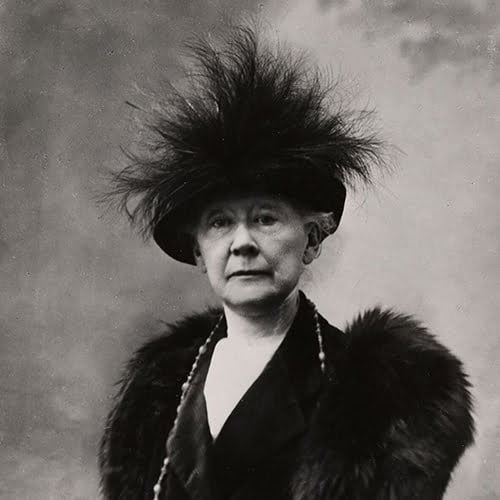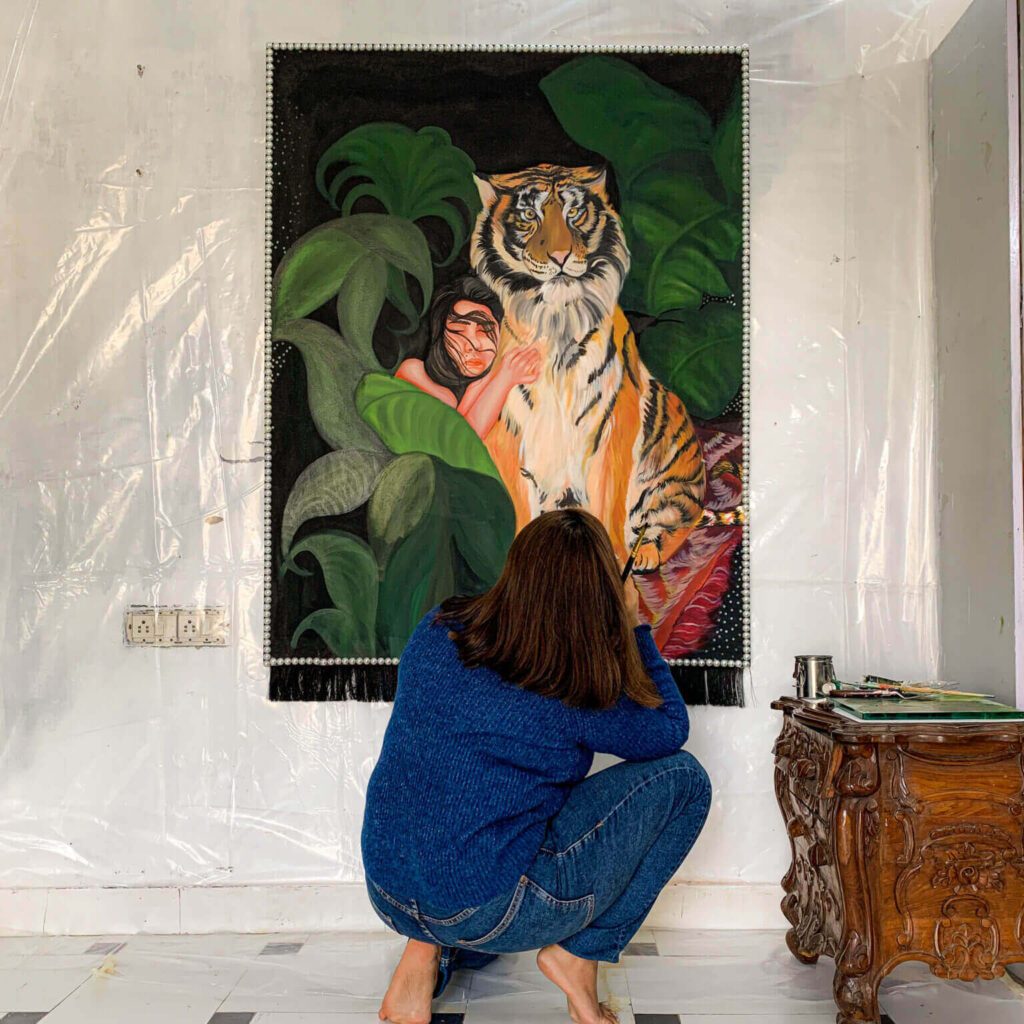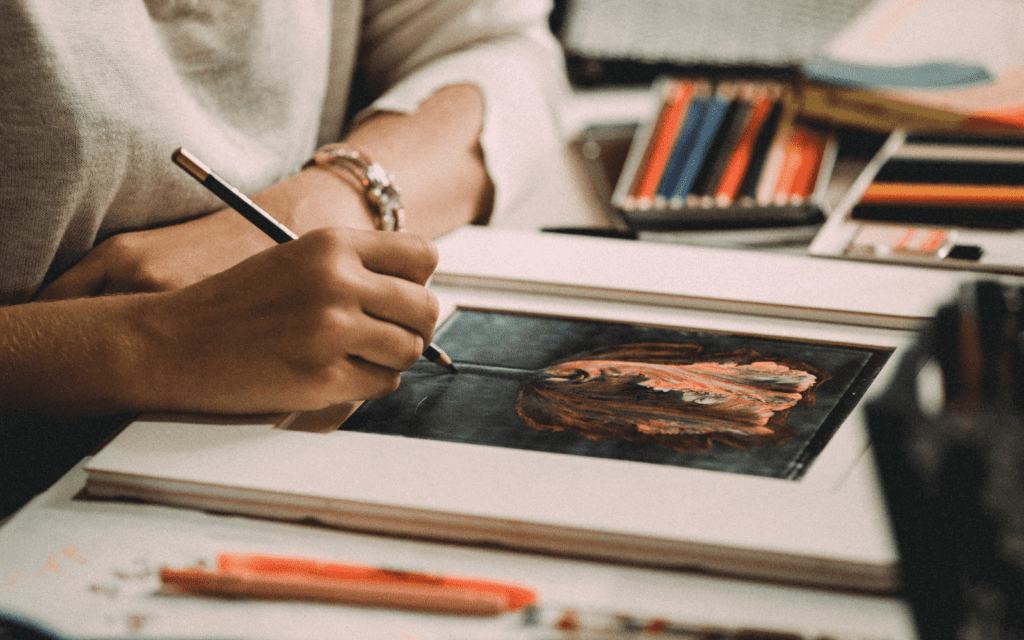
5 Easy Tips On How To Title Your Artwork


Are you an Artist that wants to learn how to title your artwork? Or Have you ever stood in front of a beautiful painting, mesmerized by its vibrant colors and intricate brushstrokes, yet unable to find words to accurately describe what it is that captivates you?
Art titles are an essential part of the overall piece. When creating art, it is important to think of the title before starting or while working on the artwork. Titles can give insight into the artwork’s meaning, help viewers interpret the piece effectively, and create a memorable way to remember the work.
But naming a piece of art can be a daunting task, as each painting is unique and evokes its own set of emotions and reactions. The title should not only capture your thoughts but also pique the interest of the audience and draw them in. It should be creative, engaging, and memorable – capable of inspiring conversations and creating connections between the artist and the viewers.
So, How can one create such a perfect title? or How to title your artwork so it sells?
If are an artist that wants to learn about it. Then you have come to the right place because, in this article, I will share some tips for emerging artists on how to title their pieces effectively.
So let’s get started!
How to Title Your Artwork
When you are thinking about a title for a specific piece of your art. The First tip to remember is to give a meaningful title.
1- Developing Meaningful Titles
When titling your work, it is important to think of something that will give viewers insight into its meaning. Titles can be literal, abstract, or even humorous. Ask yourself what you want viewers to take away from looking at your finished artwork and use that as inspiration for your title.
For example, If you are creating a still life painting with a bowl of fruit in the foreground, think about potential titles that reflect elements such as color, texture, shape, etc., or consider more philosophical ideas like nature’s bounty or decay of time.
2- Incorporating Metaphors and Allusions
Metaphors can be used in art titling to provide additional layers of meaning and intrigue viewers. As an example, if you created an abstract painting where light colors were contrasted with darker ones, consider giving it a title like “Dawn Break” which implies movement from darkness towards lightness.
The allusion is another tactic used in art titling; referencing famous works or stories can add depth to your artwork’s narrative and also act as a conversation starter between artist and viewer.
3- Using Unique Words
When coming up with titles for artworks try using unique words that aren’t commonly used but still accurately describe your work – this will make your titles more memorable.
For example instead of “Sailing Boat” you could use “Voyageur” – this will help set your work apart from others who may have similar subject matter in their artwork but different titles for them. Additionally using rhymes or puns can add humor and creativity when titling pieces so don’t be afraid to experiment with wordplay.
An example could be titling a still life painting featuring three lemons “Lemon Rhyme Time”.
4- Including Details But Keeping It Short
Finally, it is important not to forget that while detail is necessary when creating meaningful titles it should still remain concise – long-winded titles may detract viewers’ attention away from the artwork itself and make them lose interest before they even get close enough to appreciate all its nuances.
So, Keep your titles around 5-15 words max and make sure each word chosen contributes something meaningful towards understanding what you want people to take away from viewing your work.
5- Be As Versatile As You Can Be
When it comes to titling a piece of art, the possibilities are virtually endless. It’s important to remember that a good title can help bring the viewer into the artwork, create a deeper connection to the work and provide an impression of the artist’s vision. Titles can be abstract, descriptive, symbolic, or even humorous.
By carefully considering various aspects such as color, composition, and subject matter, one can come up with an evocative title that conveys the atmosphere and emotion of their artwork. Ultimately, finding a unique title for your artwork is an opportunity to be creative and share your own unique perspective on art.
Giving thoughtful consideration when deciding on art titles allows emerging artists not only to show off their own unique style but also encourage people to look deeper at their artwork beyond just surface-level appreciation – by using interesting descriptors and thought-provoking allusions we can help viewers better understand our own personal narratives behind each piece we create.

Besides this, Are you an artist looking for an opportunity to have your work featured in an international art magazine? Look no further! The Arts To Hearts Project is teaming up with talented artists to create the Arts to Hearts Magazine’s #3, to be released in June of 2023. Be part of this amazing collaboration and showcase your creative vision to the world. You will be featured in the curated section with your work, plus an insight into your creative world.
So don’t hesitate, to seize this chance to let your art be seen and heard. Click the button below to find out more about the project and make your dreams a reality. Good luck!




















Comments 21